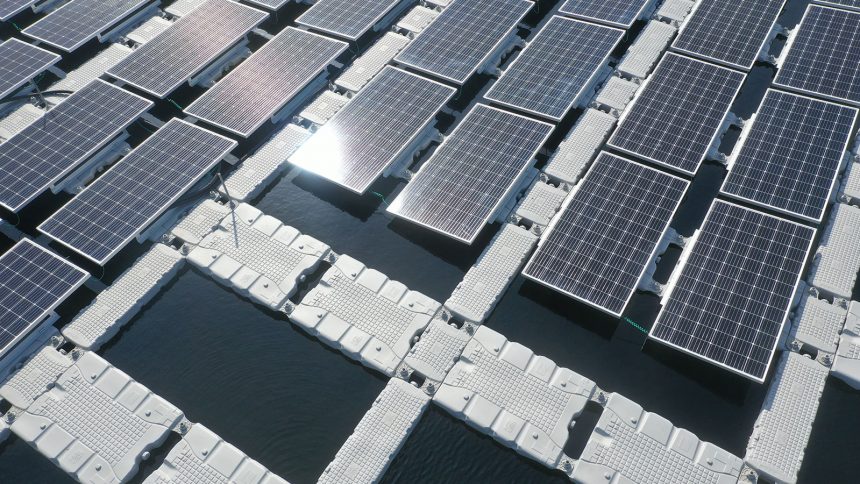Floatovoltaics, or floating photovoltaics, are proving to be a game-changer in the world of solar power. These systems, which involve covering open water with buoyant panels, are not only efficient at gathering energy from the sun but also help to shade the water and reduce evaporation. Scientists have conducted studies showing that if just 10 percent of lakes and reservoirs worldwide were to implement floatovoltaics, the combined energy generated could be four times the annual power consumption of the United Kingdom.
Countries closer to the equator and with large bodies of water stand to benefit the most from floatovoltaics. For developing nations, in particular, these systems offer a promising alternative to building more fossil fuel infrastructure. By harnessing the power of the sun, countries like Ethiopia, Rwanda, and Papua New Guinea could potentially meet all their electricity needs with floatovoltaics.
As the technology continues to evolve and expand, researchers are also exploring potential environmental impacts. While floatovoltaics offer benefits like reducing harmful algal blooms, there are concerns about how they may affect aquatic ecosystems. Balancing the potential ecological costs with the benefits of clean energy production remains a critical consideration.
Despite these challenges, floatovoltaics hold great promise for the future of renewable energy. With further research and development, these systems could play a significant role in meeting global energy demands while also preserving our natural resources.






